As we’re all aware, our daily lives have a huge impact on the environment, and many issues come from the amount of waste we create. The more we waste, the more we contribute to pollution and climate change. Some habits are hard to break, but it’s important we do what we can to help the Earth.
Throwing Away Food

To be honest, food waste is one of the biggest environmental problems society faces today. Millions of tons of perfectly good food end up in landfills every year, contributing to greenhouse gas emissions as it decomposes. Simple changes such as planning meals, freezing leftovers, and understanding expiration labels can help significantly reduce food waste at home and in businesses.
Overuse of Plastic Packaging
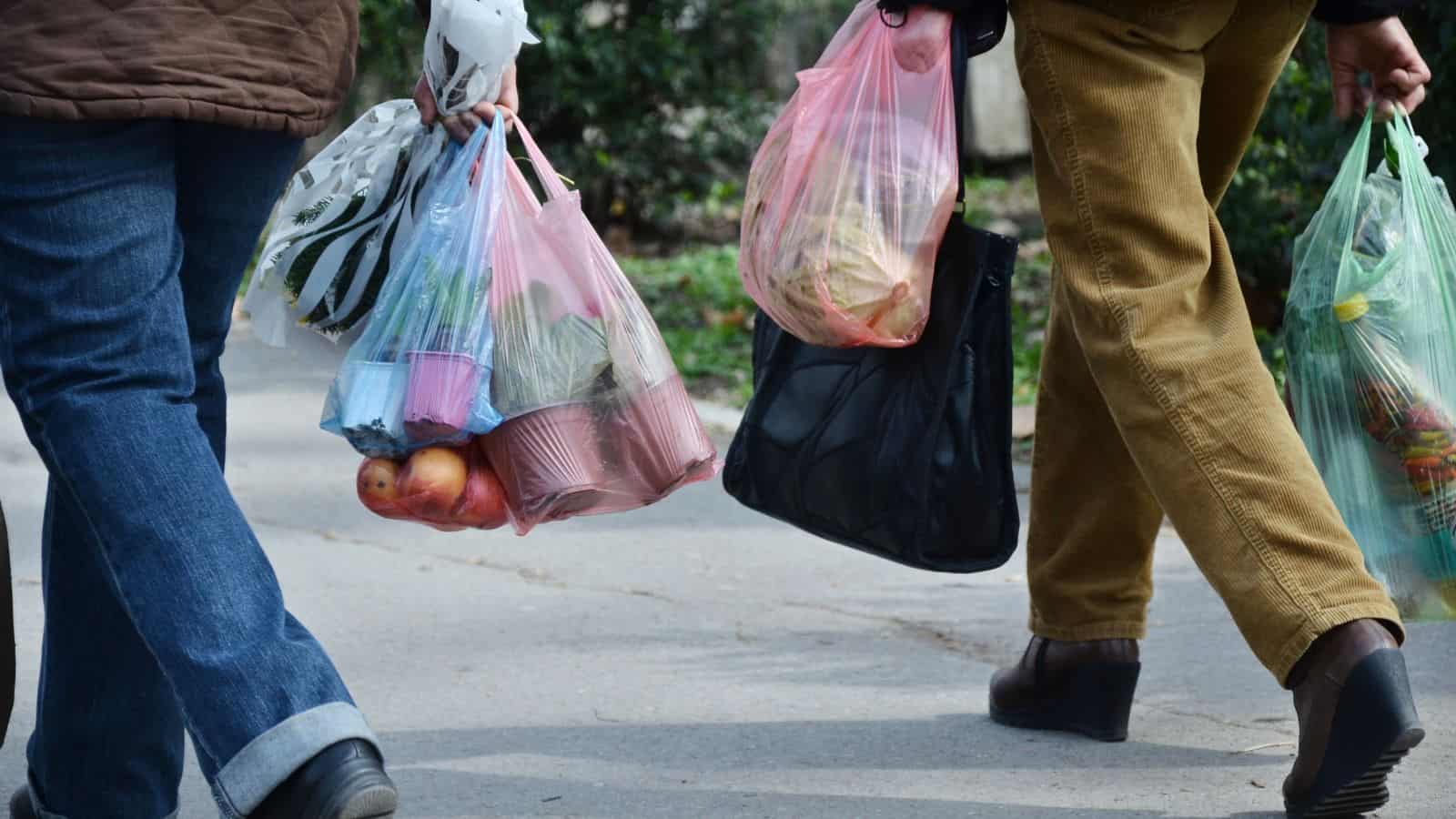
There’s no denying how much plastic packaging is used in everyday life. Unfortunately, most of it ends up in landfills or the ocean, taking hundreds of years to break down.
Habits such as choosing reusable bags, opting for bulk purchases with minimal packaging, and supporting companies that use sustainable alternatives can make a significant difference in reducing plastic waste.
Fast Fashion Consumption
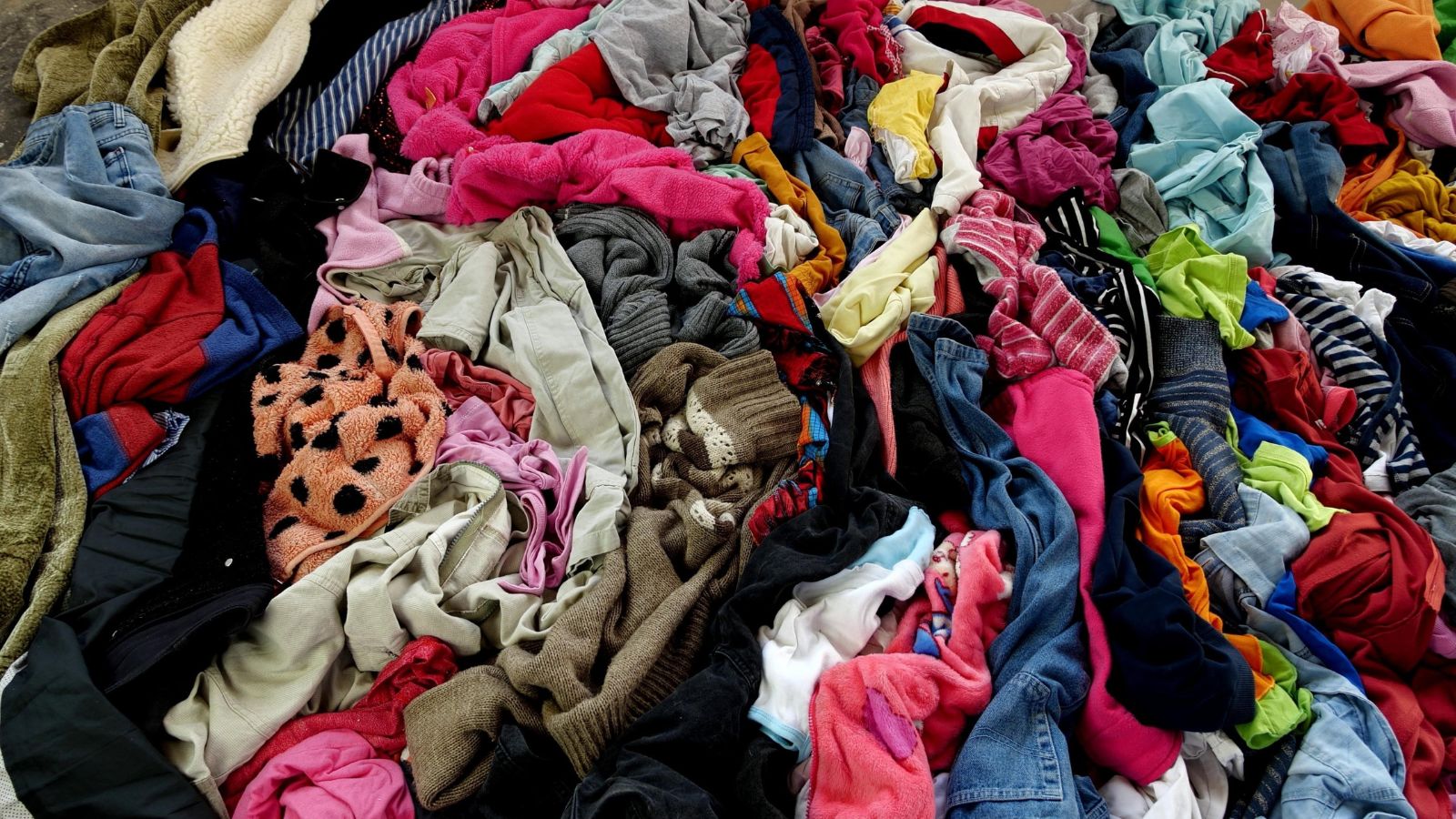
More and more people are realizing the environmental toll of fast fashion. Once discarded, synthetic fabrics contribute to microplastic pollution, harming marine life and ecosystems. Sustainable brands, buying second-hand, and wearing clothes for longer periods can help combat the wastefulness of fast fashion.
Wasting Water

People don’t realize just how much water gets wasted every day. Freshwater is a finite resource, and its misuse can lead to shortages in many regions. Simple changes, like fixing leaks, using water-efficient appliances, and adopting drought-resistant landscaping, can make a big difference.
Excessive Energy Consumption

It’s no surprise that energy is used without a second thought. Much of the world’s electricity comes from burning fossil fuels, which release harmful emissions into the atmosphere. The more energy we use, the more fuel is burned, contributing to climate change and pollution. Energy-efficient appliances, using LED bulbs, and turning off unused devices can help reduce waste.
Disposing of Electronics Improperly
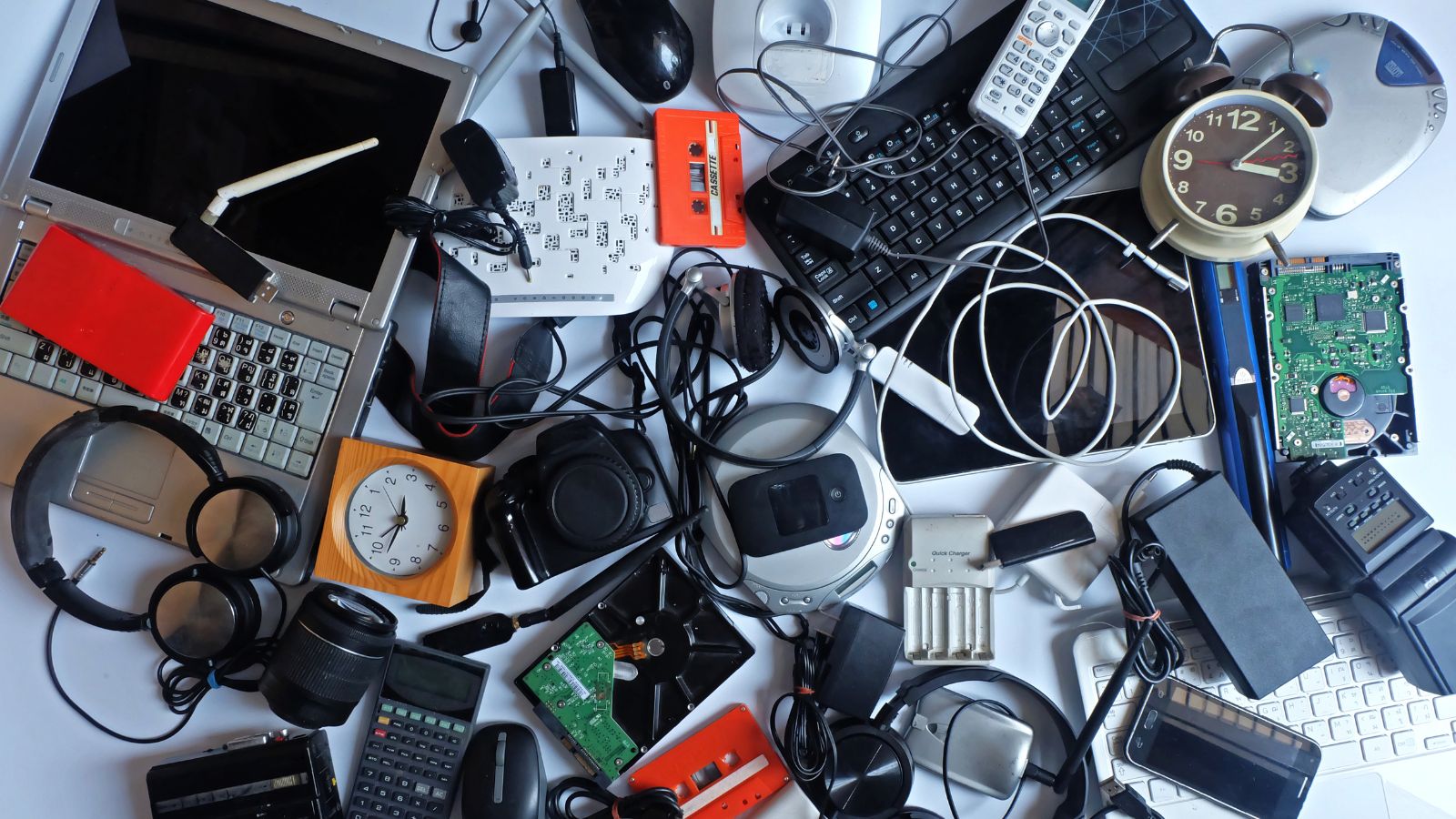
The number of electronic devices that end up in landfills each year is shocking. E-waste contains hazardous materials that can pollute the air, water, and soil when not disposed of correctly.
Governments and tech companies are now offering recycling programs, but more awareness and participation are needed to address the growing e-waste crisis.
Driving Short Distances Instead of Walking or Biking

Too many people rely on cars for short trips that could easily be walked or biked. Cars burn fossil fuels that release harmful gases into the atmosphere, affecting both air quality and climate change. Activities such as walking or cycling not only help reduce emissions but also improve personal health and reduce traffic-related stress.
Using Single-Use Items

Convenience often comes at a cost, and single-use items are a prime example. Things like coffee cups, utensils, and disposable plates create a significant amount of waste that piles up quickly. Many companies are now offering biodegradable options, but widespread change requires consumer demand and government regulations to encourage sustainable practices.
Wasting Paper Products

Every day, countless paper products are wasted without much thought. Paper towels, napkins, and excessive printing all contribute to deforestation and resource depletion. Even though paper is biodegradable, its production requires cutting down trees, consuming water, and using energy.
Simple things, such as encouraging schools and workplaces to go paperless, can have a major impact on reducing paper consumption globally.
Overproducing Consumer Goods

Society is producing more consumer goods than ever before, and much of it goes to waste. Factories continue to churn out products to meet demand fueled by marketing and consumer culture, but a large portion of these items are discarded prematurely. Try choosing to buy durable, high-quality products and repairing items instead of replacing them can help reduce this cycle of waste.
Overusing Air Travel

Many people don’t realize just how much air travel contributes to environmental degradation. Frequent flying, especially for short distances, results in massive carbon emissions that contribute to climate change. Alternative methods such as trains and buses can help reduce the environmental footprint.
Throwing Away Repairable Items

Far too often, items that could be repaired are tossed into the trash without a second thought. Many products today are designed to be thrown away when people become bored of them, making them harder or more expensive to repair; this then discourages people from fixing them. Consider learning basic DIY skills to extend the lifespan of everyday items.
Leaving Lights and Electronics On

One of the simplest ways to reduce energy waste is to turn off lights and electronics when they’re not in use, yet this habit is often overlooked. If you start being more mindful of energy usage at home and in the workplace, it not only saves money but also reduces the demand for fossil fuel-generated electricity.
Using Non-Recyclable Materials
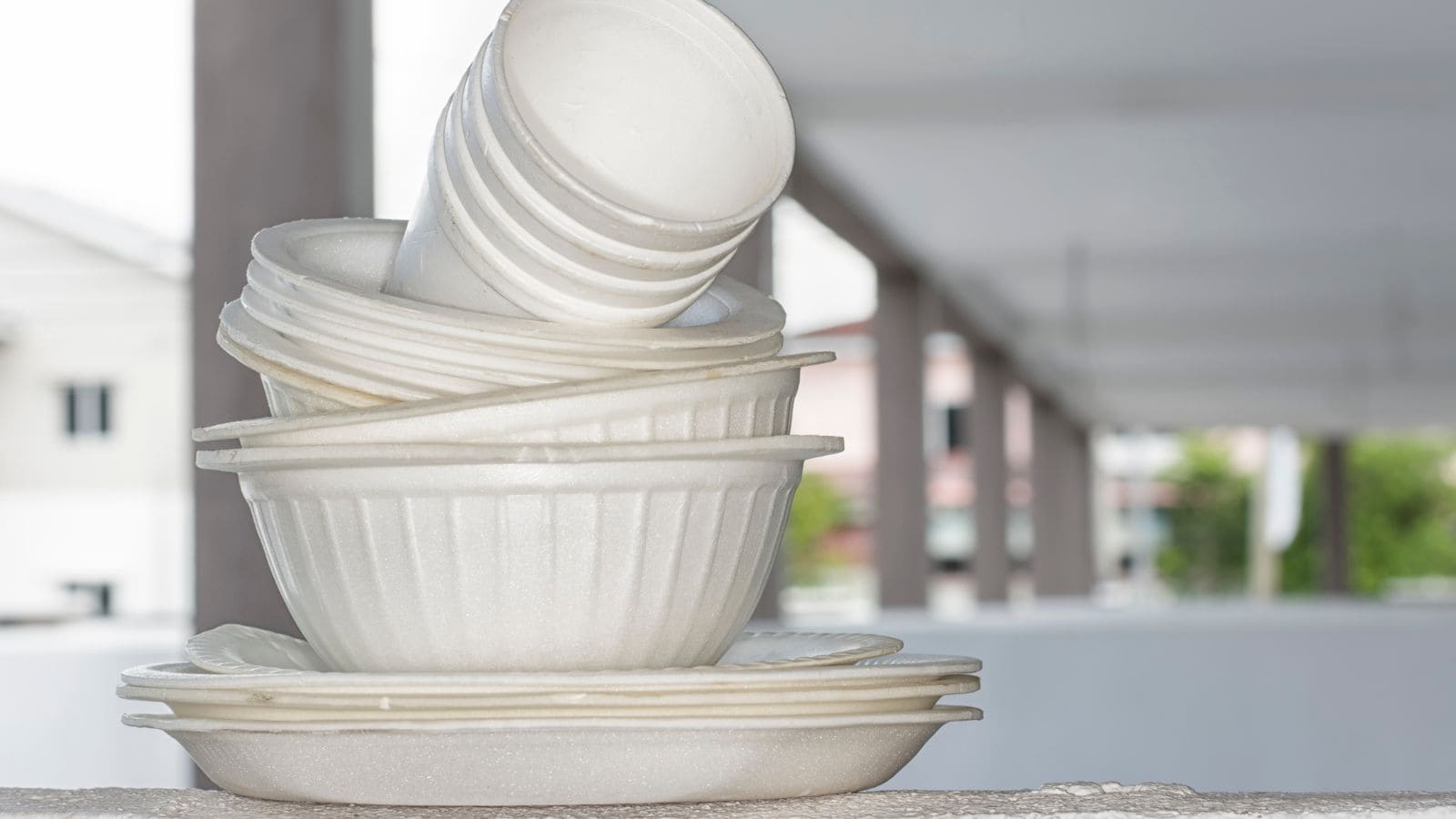
Many everyday products are still made from non-recyclable materials that contribute to long-term environmental harm. Items such as Styrofoam containers, certain plastics, and mixed-material packaging are difficult or impossible to recycle, meaning they often end up in landfills or the ocean.
Choose products made from biodegradable or recyclable materials, and avoid unnecessary packaging to reduce the use of non-recyclable materials.
Ignoring Composting
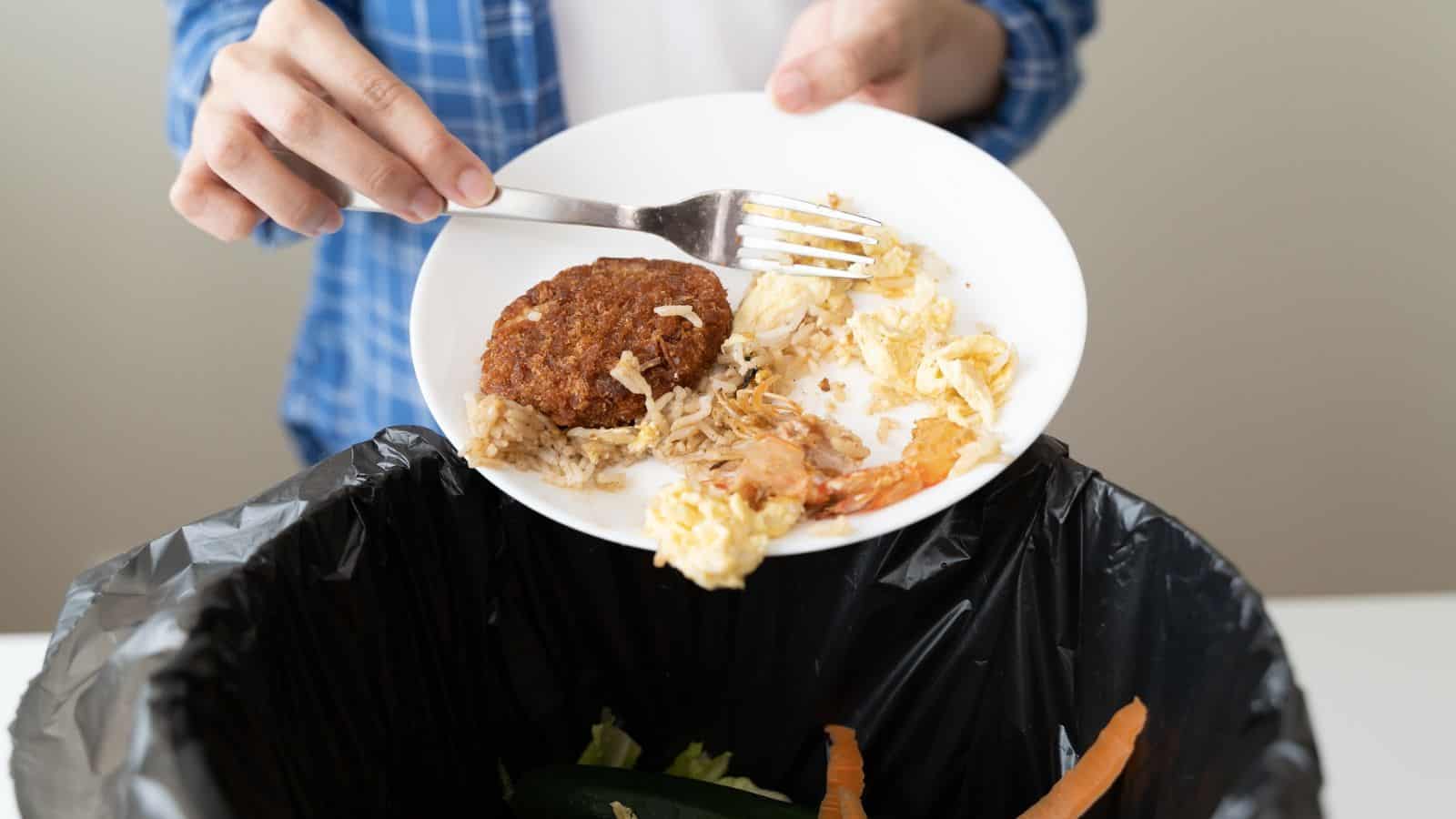
Organic waste, such as food scraps and yard waste, often ends up in landfills where it decomposes and produces methane, a potent greenhouse gas. Communities can encourage composting by offering local composting programs, where individuals can start small by composting kitchen scraps and yard clippings at home.
Excessive Packaging Waste
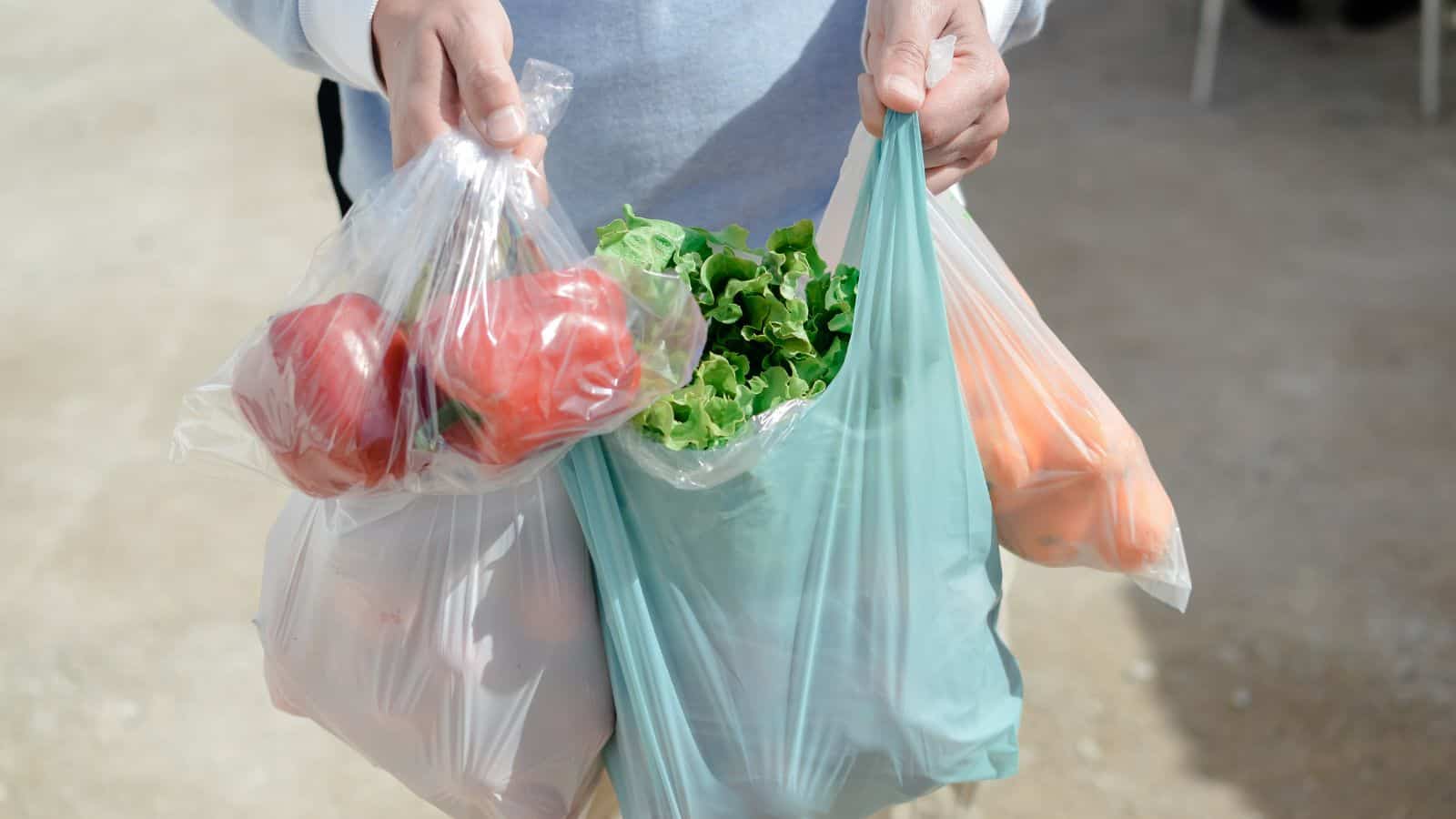
It’s frustrating to see how much unnecessary packaging is used in products we buy every day. Much of this packaging is designed for convenience or marketing purposes, but it ultimately contributes to landfill overflow and pollution.
Consumers can help by choosing products with minimal or eco-friendly packaging, buying in bulk to reduce packaging waste, and recycling packaging materials properly.
Letting Appliances Run Inefficiently

Household appliances consume a significant amount of energy, yet many people neglect regular maintenance that could improve efficiency. Refrigerators with clogged coils, washing machines with worn-out parts, and old heating systems work harder and use more energy than necessary.
Not Recycling Properly

While many people are eager to recycle, they often do so incorrectly, which can lead to contamination and inefficiency in the recycling process. Items such as greasy pizza boxes, plastic bags, and mixed-material packaging often get tossed into recycling bins without a second thought, rendering entire batches unrecyclable.
Printing Excessively
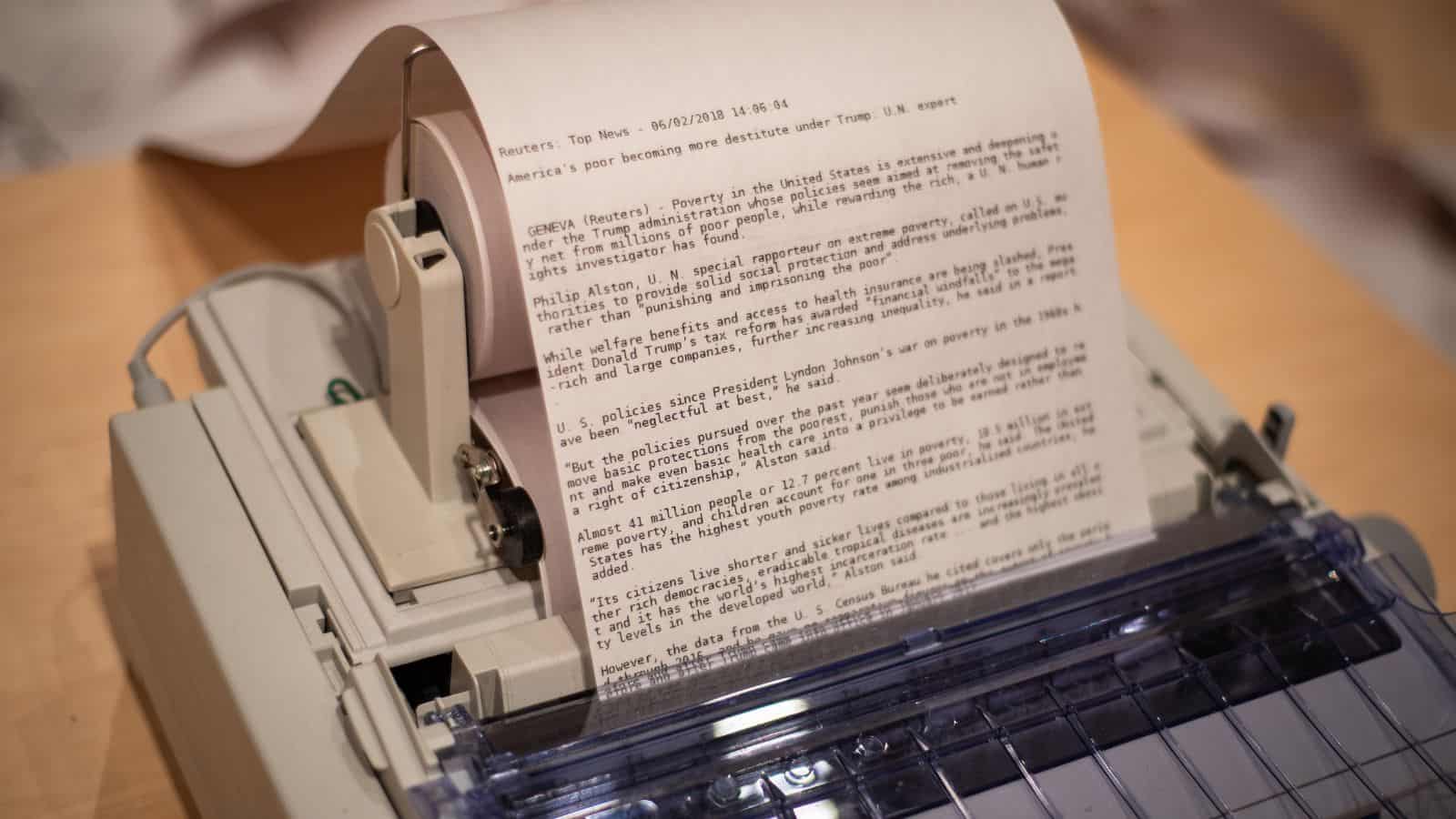
Despite the digital age, excessive paper printing is still a widespread issue in offices, schools, and homes. Unnecessary printing leads to wasted paper, ink, and energy, contributing to deforestation and pollution from paper production. Many documents can be stored digitally, shared via email, or accessed online without the need for a physical copy.
